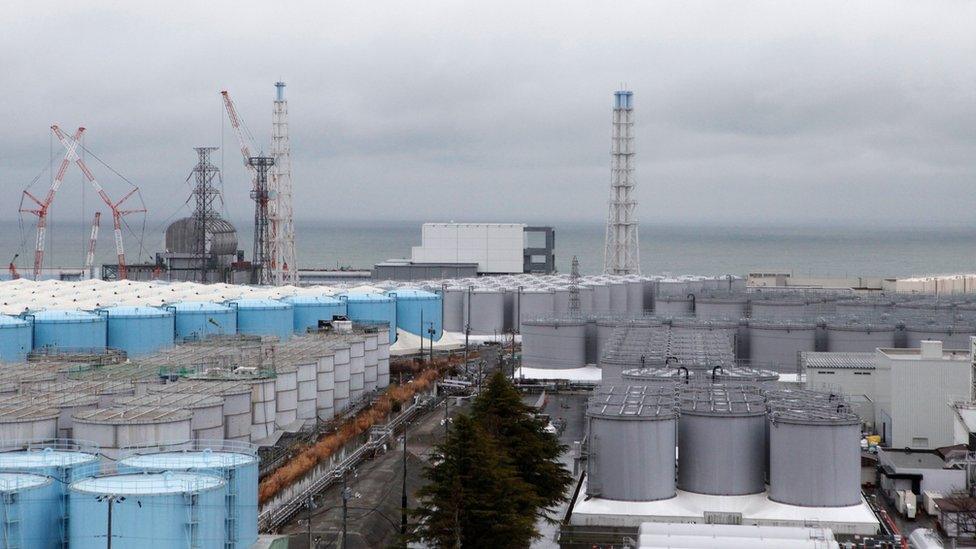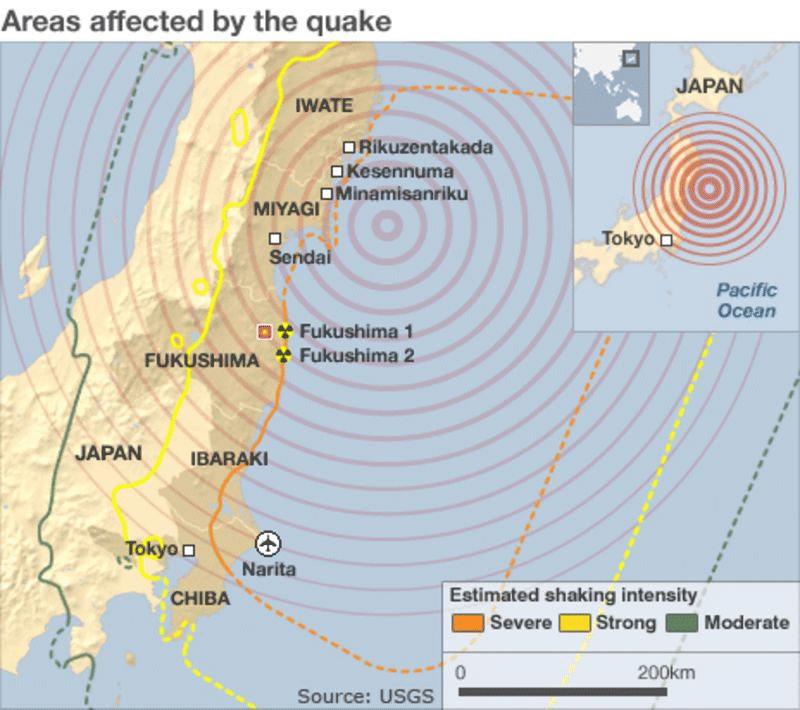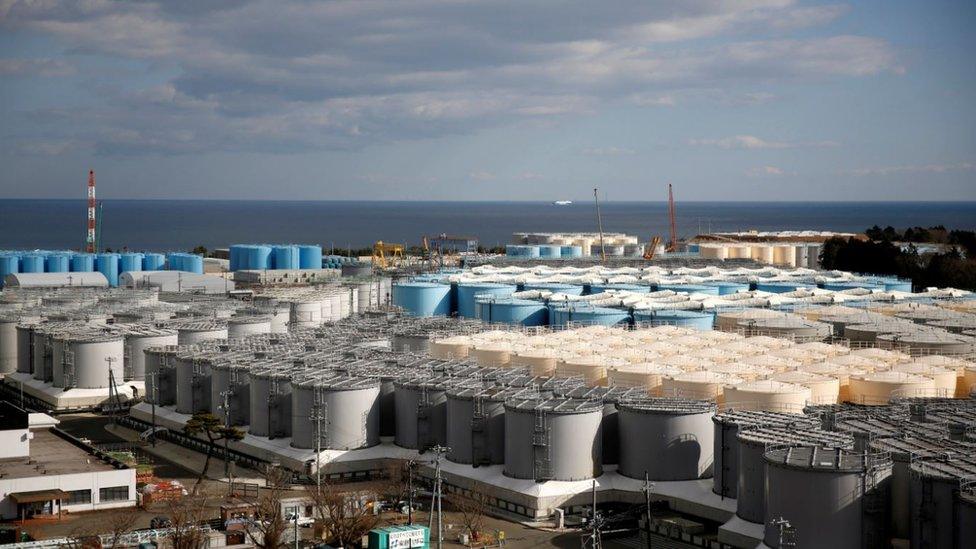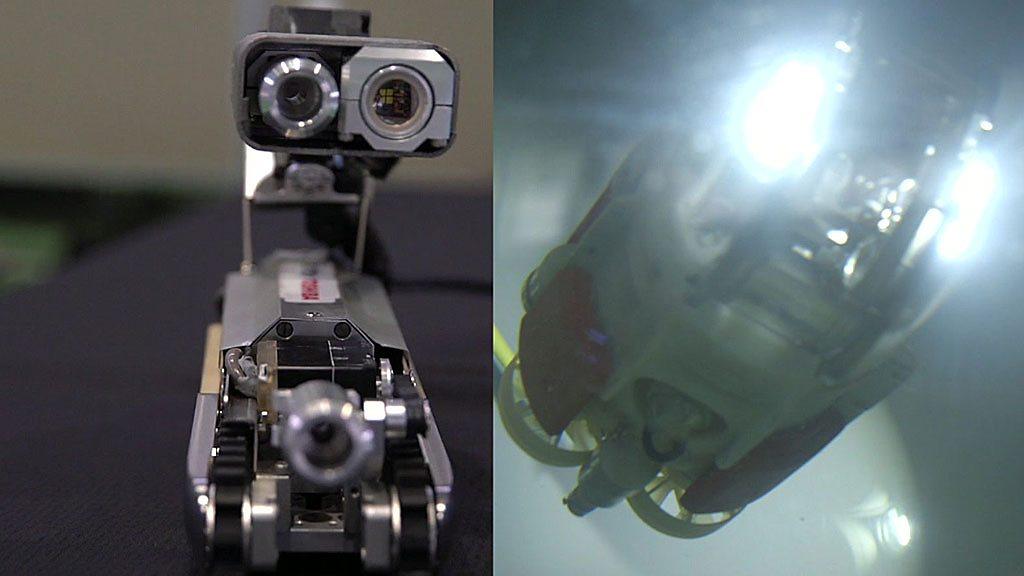Fukushima: Contaminated water could damage human DNA, Greenpeace says
- Published

The radioactive water has been stored in huge tanks which will fill up by 2022
Contaminated water from Japan's Fukushima nuclear plant contains a radioactive substance that has the potential to damage human DNA, a report by Greenpeace says.
The claim from the environmental campaign group follows media reports suggesting the government plans to release the water into the ocean.
Many scientists say the risk is low but some environmentalists oppose the idea.
The government has not yet responded to the Greenpeace report.
For years Japan has debated over what to do with the more than a million tonnes of water used to cool the power station, which went into meltdown in 2011 after being hit by a massive tsunami.
Space to store the liquid - which includes groundwater and rain that seeps daily into the plant - will fill up by 2022.
The government says most of the radioactive isotopes have been removed using a complex filtration process but one isotope, tritium, cannot be removed.
Last week Japanese media reported that the government had decided to start releasing the water into the sea from 2022. Under the reported plans, the water would be diluted inside the plant first in a process that would take several decades.
In its report Stemming the tide 2020: The reality of the Fukushima radioactive water crisis released on Friday, Greenpeace claimed the contaminated water contained "dangerous levels of carbon-14",, external a radioactive substance that it says has the "potential to damage human DNA".
The group accused the government of suggesting the water was "treated" giving the impression it "only contains tritium".
Fukushima: How to move a mountain of radioactive soil
The government said no decision had been made, but observers think one could be announced by the end of the month.
Environmental groups have long expressed their opposition to releasing the water into the ocean. And fishing groups have argued against it, saying consumers will refuse to buy produce from the region.
However some scientists say the water would quickly be diluted in the vastness of the Pacific Ocean, and that tritium poses a low risk to human and animal health.
What happened in 2011?
On 11 March 2011, a 9.0 magnitude earthquake struck off the north-eastern coast of Japan, triggering a 15-metre tsunami.


While the back-up systems to prevent a meltdown at the Fukushima nuclear plant survived the initial quake, further damage was inflicted by the tsunami.
As the facility's cooling systems failed in the days that followed, tonnes of radioactive material were released. The meltdown was the worst nuclear accident since Chernobyl in 1986.
Around 18,500 people died or disappeared in the quake and tsunami, and more than 160,000 were forced from their homes.
Billions of dollars in compensation have already been paid to individuals and businesses affected by the disaster. Last month, a Japanese high court upheld a ruling ordering the government and the plant's operating company to pay a further $9.5m (£7.3m).
- Published16 October 2020

- Published18 October 2017
